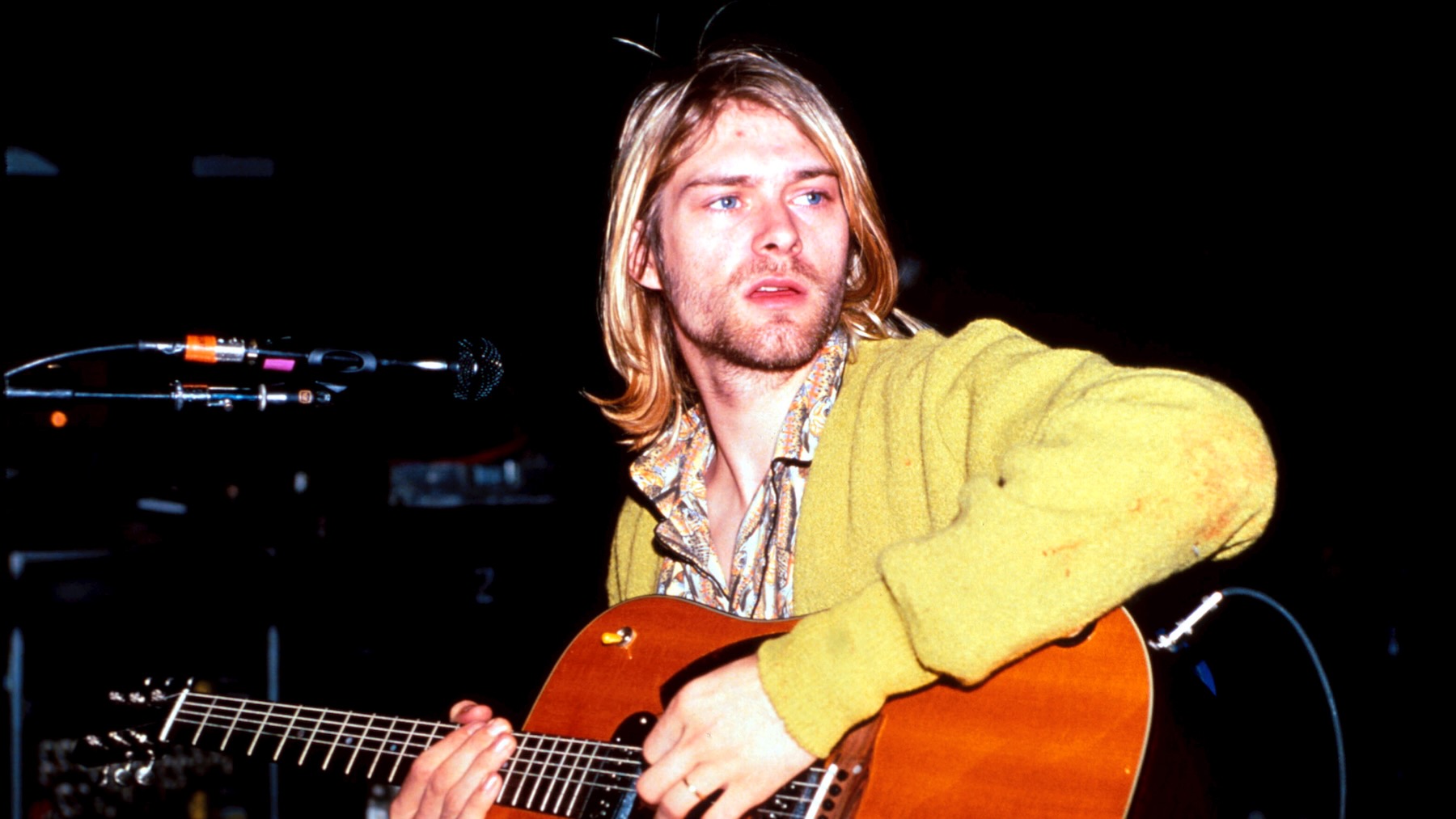
Editor’s Note: This piece by Jacob Nierenberg originally ran in early April 2019, marking the 25th anniversary of the death of Kurt Cobain. We revisit it today it light of the 30th anniversary. Most importantly: Someone who cares can always be reached at the National Suicide Prevention Line: 1-800-273-8255.
It’s difficult for me to write about Kurt Cobain.
Since his passing on April 5th, 1994, Cobain has been the subject of more books, documentaries, and conspiracy theories than perhaps any other modern musician. Between that passage of time and the extent to which his life has been scoured, it’s hard to imagine there being anything new to say about Cobain and the music he made with Nirvana.
And yet that passage of time has done little to soften the shock of Cobain’s suicide, a death as sudden and upsetting a moment in rock history as John Lennon’s or Elvis Presley’s. Any of the authors or filmmakers who have eulogized Cobain, or the millions of Gen Xers who grew up listening to Nirvana, could tell you where they were the moment they learned of his death; I’m not one of them. Still, it hurts to read about Cobain’s life and how it came to an end. Cobain’s death remains hot to the touch, like a meteorite whose impact left a still-smoking crater on the surface of alternative rock.
To write about Kurt Cobain, you must cut through all the bullshit that surrounds him — the Rolling Stone hagiography, the “spokesman of a generation” narrative — and write about him. Death has transformed Cobain into myth as much as man, so it’s essential to remember who that man was and how he died. Cobain wasn’t a great artist because of his battles with depression and addiction; he was a great artist because he was able to render those battles into music that was visceral and haunting, yet catchy enough to dominate MTV. But those battles weren’t fated to end the way that they did. Cobain had fought his demons to an uneasy stalemate for years, but it wasn’t until the final weeks of his life that they sank their claws deep into him and tore him asunder.
Nirvana began the European leg of its tour behind In Utero, its third (and final) album, in February 1994, and by all accounts, it was a shit show. Cobain made it just five days into the tour before he began talking about canceling the remaining dates; his worsening mood was fueled by deteriorating relationships with his bandmates and his wife, Courtney Love, as well as his ever-present stomach pain. He got his wish on March 1, the first of two dates the band was scheduled to play in Munich, Germany. Before the show, Cobain got into a fight over the phone with Love, then stormed into the dressing room of opening act the Melvins and unloaded on Buzz Osborne, telling his musical hero how he wanted to break up Nirvana and divorce Love.
Just over an hour later, Nirvana’s final performance came to an end. Cobain’s voice had given out due to laryngitis — or that was the excuse he gave — and he cut the show short. With the tour scheduled to resume on March 11, the band members went their separate ways; Cobain flew to Rome, where Love and their daughter, Frances, joined him a few days later. On the morning of March 4th, Love woke to find her husband unresponsive, having overdosed on champagne and Rohypnol. Nirvana’s management would claim that the overdose was accidental, but months later, Love revealed that it was a suicide attempt, telling Rolling Stone that Cobain “took 50 fucking pills” and had written a suicide note. In it, Cobain — whose parents split when he was young — wrote that he would “rather die than go through another divorce.”

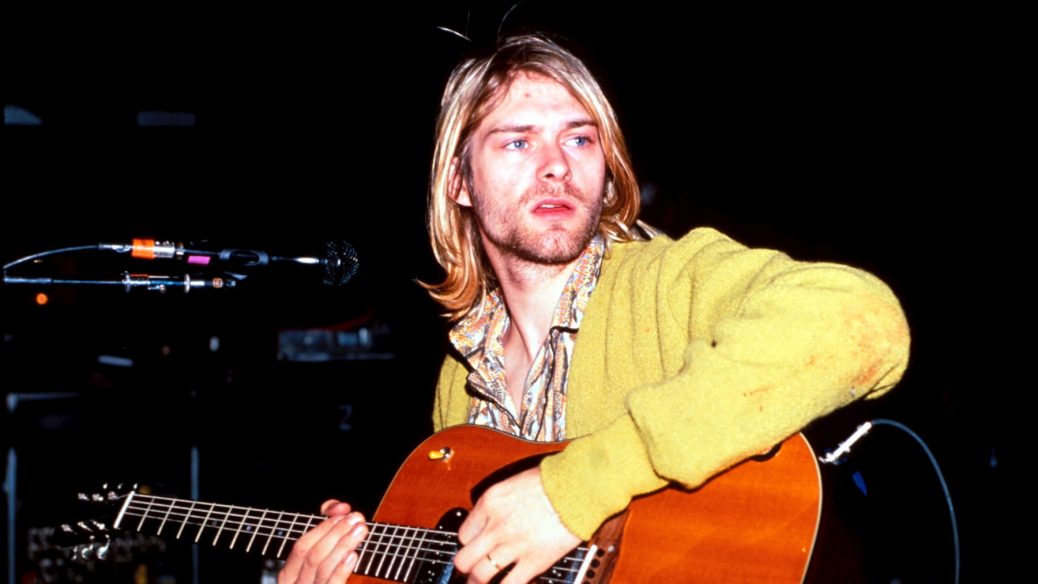
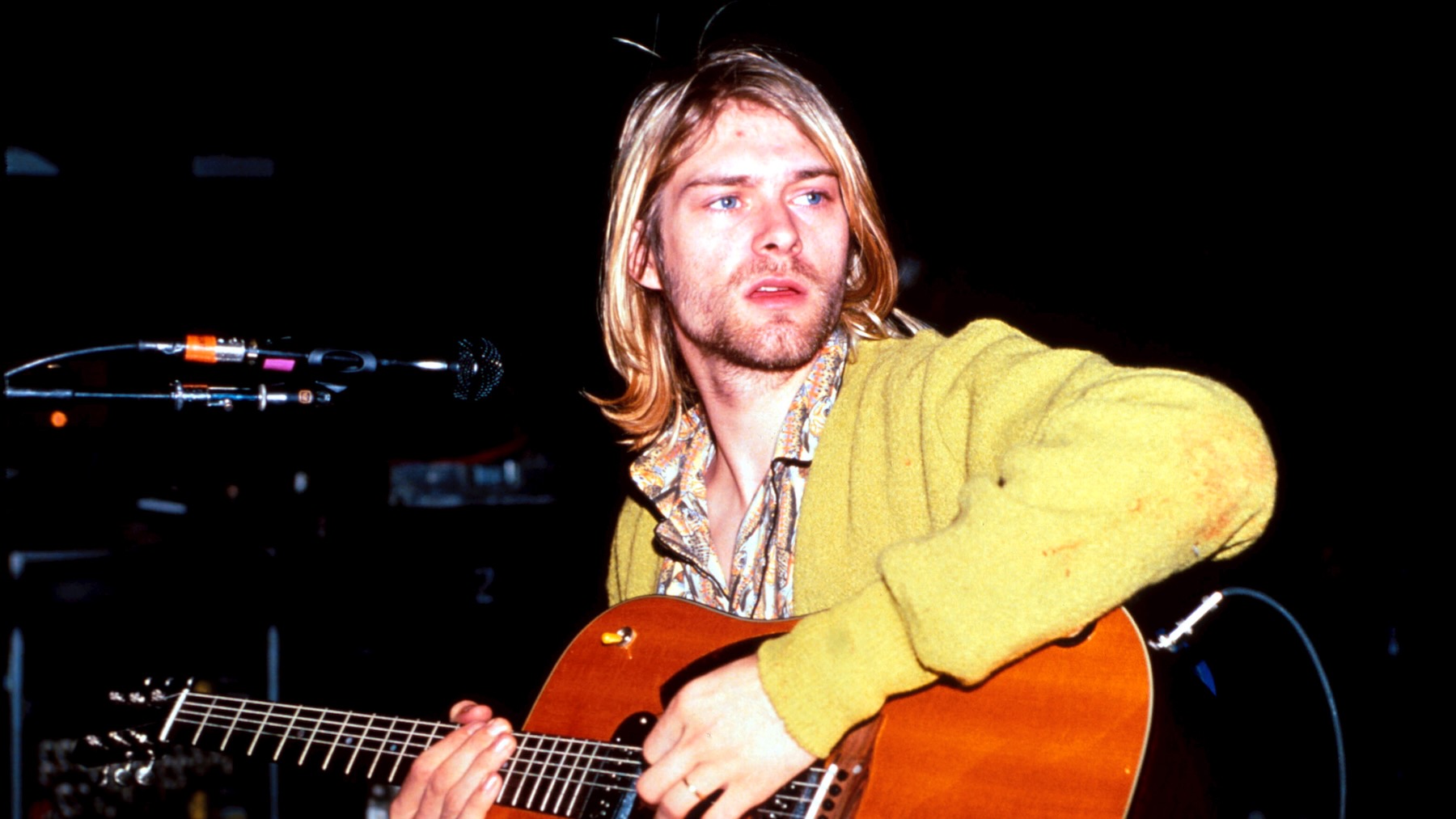
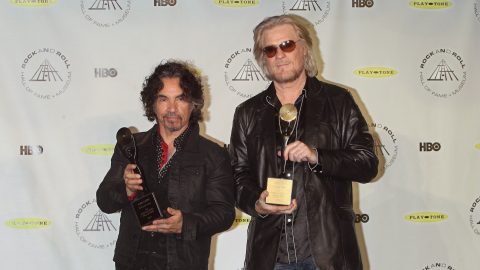

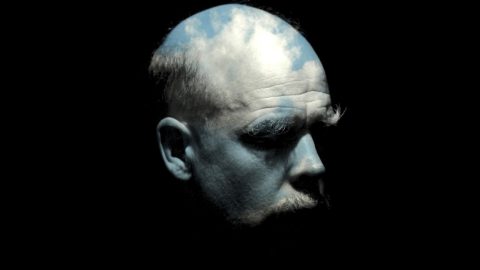



Recent Comments